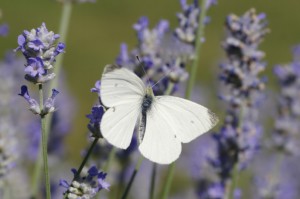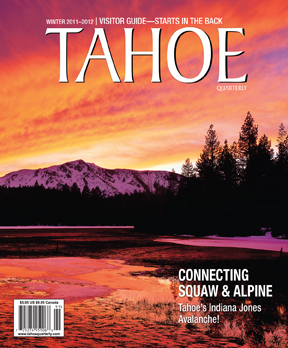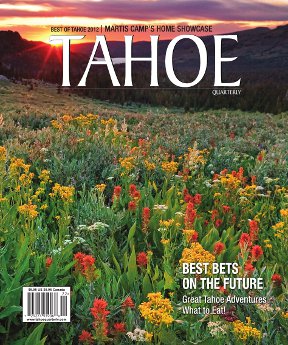The Birds and the Bees (and the Butterflies Too)
For most of us, gardens are for aesthetic pleasure. Active wildlife in the garden adds interest (though not all animals are beneficial). As we plant and retool our gardens for greater conservation and utility, here are some ways to keep in mind our beautiful and helpful wild neighbors.
Birds
Birds, almost universally, add beauty and fun. Their songs and habits are charming and many birds help gardeners by eating some of our most annoying pests.
Water and food are the commodities birds most desire; if these are abundant birds will return year after year. Glazed ceramic saucers make easy birdbaths. Over the years, I have collected rocks with depressions that I place where irrigation will fill their basins; the birds drink from even the very shallow ones. A drip emitter can be used to keep baths full. Leaving a small area of sand and fine gravel and a little bare soil near the birdbath gives the birds a source of grit for their crops and a place to scratch for worms and insects.
To ensure against mosquitoes in birdbaths, it is smart to add a mosquito dunk or a few granules of B.t.i. (Bacillus thuringiensis ssp. israelensis: B.t.i is a bacterium that only attacks mosquito and fungus gnat larva). We would be responsible citizens to spread granules of B.t.i. wherever there might be standing water around our homes, especially after such a wet winter.
Native flowers and berries are the best attractants for birds and should be used whenever possible, but there are also many well-behaved and easy-to-grow ornamentals. I cultivate a riotous patch of sunflowers just for the birds: The flocks of finches that blast from them when I walk past is unbelievable. It looks like the birds get every seed but my sunflowers return every year. Most birdfeeders work fine; the finch feeder socks can be inspiring for the sheer mass of birds they attract. I counted more than 20 on one sock last summer. Suet feeders provide high energy in spring and fall. My favorite birdseed is black oil sunflower seed because little is wasted (and I’ve planted those in my sunflower garden as well).
There are dozens of showy flowering perennials with tubular flowers that attract hummingbirds, our seasonal visitors from the south. Bee balm, catmint (especially Siberian), columbine, red-hot poker and penstemons are easily grown and are always attractive to birds and butterflies alike. Summer color like fuchsia and impatiens are often visited as well.
Along with the sunflowers, these perennials and annual wildflowers produce edible seeds that birds will appreciate: asters, California poppies, candytuft, coreopsis, bachelor’s buttons, dame’s rocket, foxglove, ornamental grasses, sagebrush, scabiosa, stock, rabbit brush, thyme and wallflower. Many trees and shrubs that produce desirable fruit also provide nesting sites. Tough trees and shrubs for informal hedging and habitat include chokecherry, birdcherry, chokeberry and serviceberry, which are all in the rose family and offer edible berries plus stunning fall colors. Wild and rugosa roses have nutritious hips. Slow-growing western and fast-growing European mountain ash never fail to attract robins late in the season. Cranberry viburnum berries are eaten through the winter. Sergeant crabapples usually keep their fruit over winter for the earliest spring visitors to eat when they arrive before snows abate. Other hardy woody plants that feed birds include Russian olive, hawthorne, elderberry, currants, blueberries, thimbleberries, sumac, manzanita, cotoneaster, snowberry and honeysuckle. Alder, birch and of course pine, fir, cedar and juniper all provide seeds, while willow, aspen, cottonwood and oak shelter many species of insects.
Pesticides harm birds. While commercial farms use more total poison, homeowners use up to ten times more pesticides and herbicides per acre than farmers. If you want to attract birds into your garden, use either organic fertilizers and natural pest controls or none at all. If you have outdoor cats, avoid attracting birds. It is a cat’s nature to kill anything that moves and many of our most attractive bird species can fall easy prey. Cats in a garden can be a tremendous help with mice, voles and rabbits— if only we could teach them to leave birds alone.
Butterflies
The appeal of butterflies in the garden is similar to birds: They are like flowers with wings. Butterflies are attracted to a garden for water, nectar from flowers and for places to lay eggs (which hatch into caterpillars, eat plants and feed birds). Butterflies are very specific about which plants they’ll lay their eggs on. The monarch butterfly, for example, must have milkweed (Asclepias spp.) for its larva to feed on. A few caterpillars around don’t do much damage with the exception of tent caterpillars and cabbage worms, which are easily controlled with B.t.k. (another variety of the same species of bacillus that only infects lepidopteran larva). One tomato hornworm, which eats a lot, can ruin an entire tomato plant, but it transforms into the fascinating hummingbird/sphinx moth, so I remove them but never kill them. Plants that attract egg-laying butterflies are: aster, birch, chokecherry, common sunflower, cottonwood, hollyhock, mallow, milkweed, oak, Queen Anne’s lace, snapdragon and willow.
Adult butterflies take up their minerals with water from moist soil like you’ll find at the edge of a mud-puddle or bog. I have seen butterflies on almost every flowering annual, perennial and shrub in my garden and in the nursery, but some of their favorites are milkweed, black-eyed Susan, goldenrod, lilac, phlox, scabiosa and butterfly bush.
Bees
I must take this opportunity to remind gardeners of the importance of bees. Most people are aware that the European honeybee plays a key role in fruit production worldwide. Honeybees and bumblebees are the two most well known of the bee species that we see and both are important pollinators for fruit and vegetable production. What many people do not know is that there are over a thousand species of bees in California alone and many of these are also extremely beneficial.
Many of the same flowers that attract birds and butterflies are also attractive to bees; the greater the diversity of flowers, the happier the bees are while gathering nectar and pollen. By Eric Larusson. TQ
Category: Home & Garden, Mountain Garden







